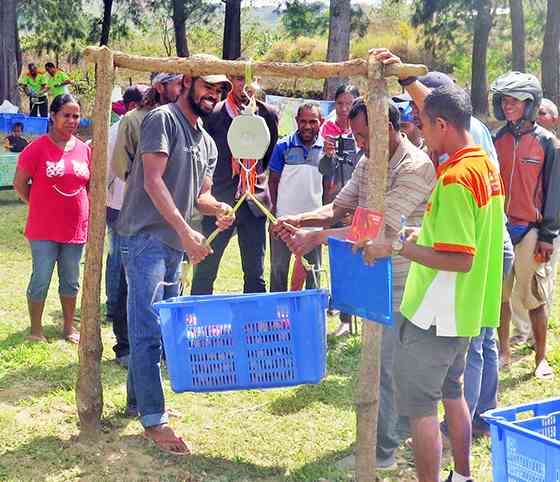 Together We Help Each Other
Together We Help Each Other
 Together We Help Each Other
Together We Help Each Other
More than 20 years after independence, Timor Leste’s child-malnutrition rates remain stubbornly high, with nearly half of children suffering from stunting and only one child in eight receiving a balanced diet.
How can this be in a country like Timor Leste, where nearly anything grows? You’d think it would only afflict countries blighted by drought or conflict.
This is not just a problem right now but threatens this country’s future. Children who miss out on good nutrition in the first years of life are likely to be weaker, more prone to sickness and have intellectual impairments that will affect the rest of their lives. This is not just a personal tragedy for each child but also affects the nation as a whole through its flow-on impacts on education and even the economy.
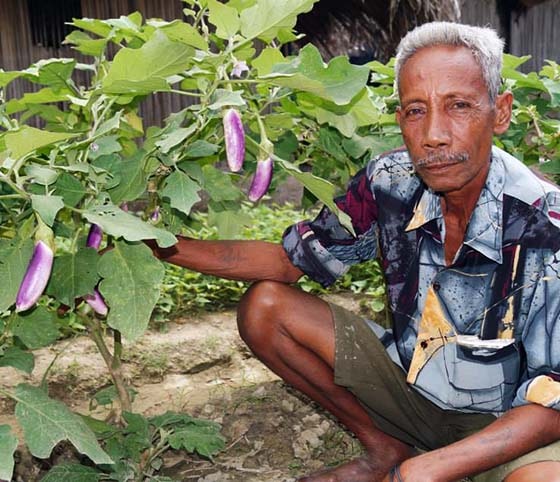
Teams of international and domestic researchers have spent years investigating the causes of Timor Leste’s ongoing high rates of child malnutrition and have confirmed there is no single factor responsible for it. The problem’s complex and multi-faceted nature is reflected in its intractability, with the rate of childhood stunting having decreased by only a few percentage points since 2013.
The World Bank identified malnutrition – and particularly maternal and child undernutrition – as the single greatest contributor to premature death and disability in the country, presenting an “unparalleled development challenge”.
The causes are often straightforward, such as a paucity of nutritious food and a lack of clean water. But it also includes cultural factors, such as childcare and feeding practices, and economic factors, with household poverty leading to inadequate diets.
The solutions are similarly complex but the first action identified by the World Bank report is one HIAM Health knows all too well: community empowerment.
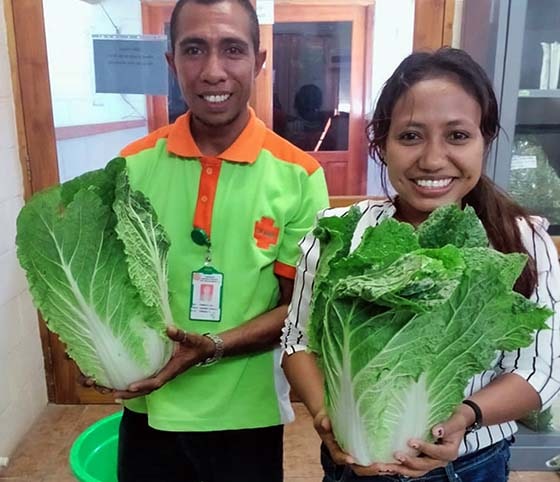
HIAM Health bases everything it does on the cornerstone of community empowerment. Through education and encouragement, our goal is for all Timorese people to eat healthier and live better. We believe in a Timor Leste free from the blight of malnutrition, and we are working towards that goal in four principal ways.
HIAM Health’s nutrition-sensitive agriculture project is an attempt to address Timor Leste’s stubbornly high rates of child malnutrition through empowering farmers and families with better knowledge and improved farming methods. The core of the strategy is to have agricultural extension workers based in municipalities to improve small-scale farmers’ knowledge and to provide access to the best varieties of high- nutrition vegetables for their growing conditions.
Read more
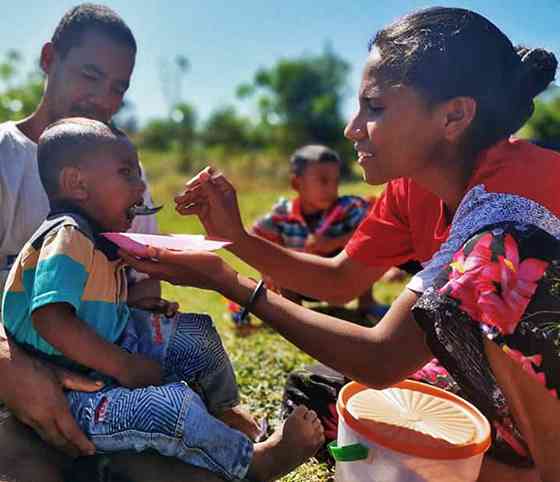
Ensuring the next generation of Timorese learn about agriculture and horticulture will not just give them a head start in their careers but will also play a key role in the nation growing enough nutritious food. HIAM Health’s Technical and Vocational Education and Training (TVET) programme is a hands-on course based at its training centre in Dili. At the end of six months, its students will have new career opportunities, including going overseas as seasonal workers.
Read more
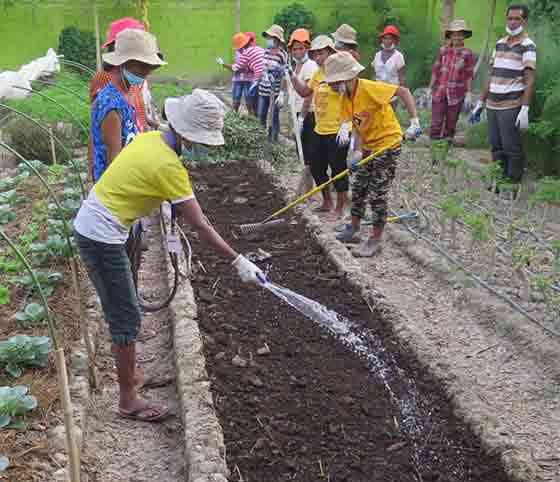
For a tree that grows like a weed in Timor Leste, the Moringa has the potential to play a key role in reducing the rate of childhood malnutrition – and that’s just what HIAM Health is attempting to do by pioneering the its harvesting, processing and promotion. Laboratory tests of our Moringa has confirmed the promise of local varieties of the trees, supporting research overseas that showed that young women who ate Moringa had heavier babies and their children gained weight faster and were healthier.
Read more
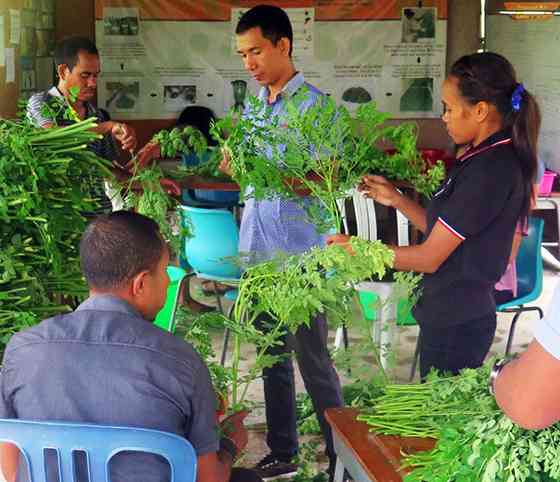
Imagine having fresh nutritious food delivered right to your door from the farm where it was grown. Imagine well-trained farmers being able to sell their surplus crops to improve the lives of their families. And imagine the ultimate result: a country that is one step closer to being able to produce all its own healthy food. That’s the goal of HIAM Health’s To’os Nain Liga Merkadu (Farmer’s link to market) project.
Read more
